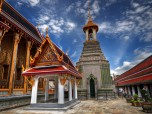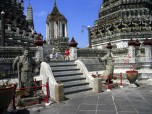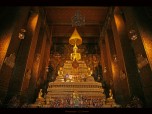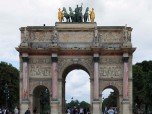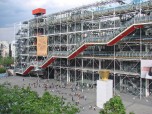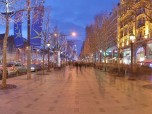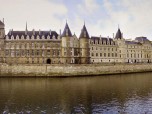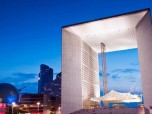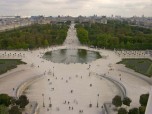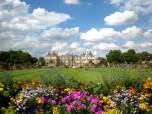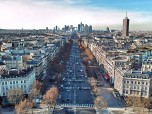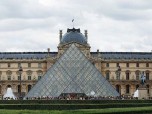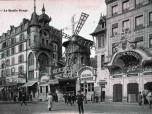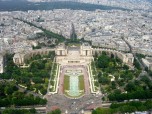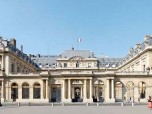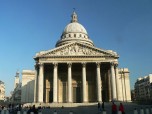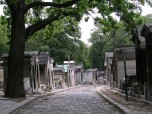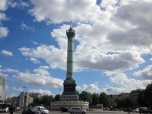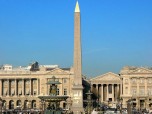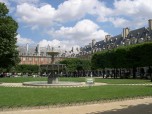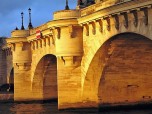Kiev City is Ukraine’s largest city, and also its capital. It is situated along the Dnieper River, particularly at the north central part of this Russian country. Kiev is said to be among the oldest cities in Eastern Europe. It was established by the ancient Slavs back in the 5th century. Throughout its history, Kiev has been conquered and made part of many empires. In 1991, following Ukraine’s declaration of independence, Kiev was also declared its capital.
One of the main tourist attractions of Kiev is the Old City within this city. Kiev Old City is a settlement that goes as far back as the sixth century, and is believed to have existed until the eighth century.
It was only during the 1970s, however, when archaeologists uncovered the ruins of a stone palace underground. It is said that the main structure could have been erected during the time of Prince Igor, who reigned from 913 to 945 or by Princess Olga, who reigned from 945 to 969. According to historians, it was Vladimir Sviastislavich, who served from 980 to 1015, who expanded the main palace with fortresses and fortifications covering ten hectares. At one point, the town was renamed Vladimir in honor of Sviatoslavich, but it was later renamed Old Kiev or Upper Kiev. Today, a museum stands in Vladimirskaya Street, near two more archaeological finds: the ruins of two palaces to the south and west of the Church of the Tithes.
Another Kiev Old City attraction is the Monastery of St. Sophia, built in 957 AD during the reign of Princess Olga. This structure was replaced later by Yaroslav the White, who reigned from 1019 to 1054, who built the Metropolitan Church of St. Sophia right at the heart of the city. Today, the St. Sophia Cathedral remains to be the Old City’s major tourist attraction. Visitors are drawn to the grand mosaics and frescoes that adorn its interiors.











